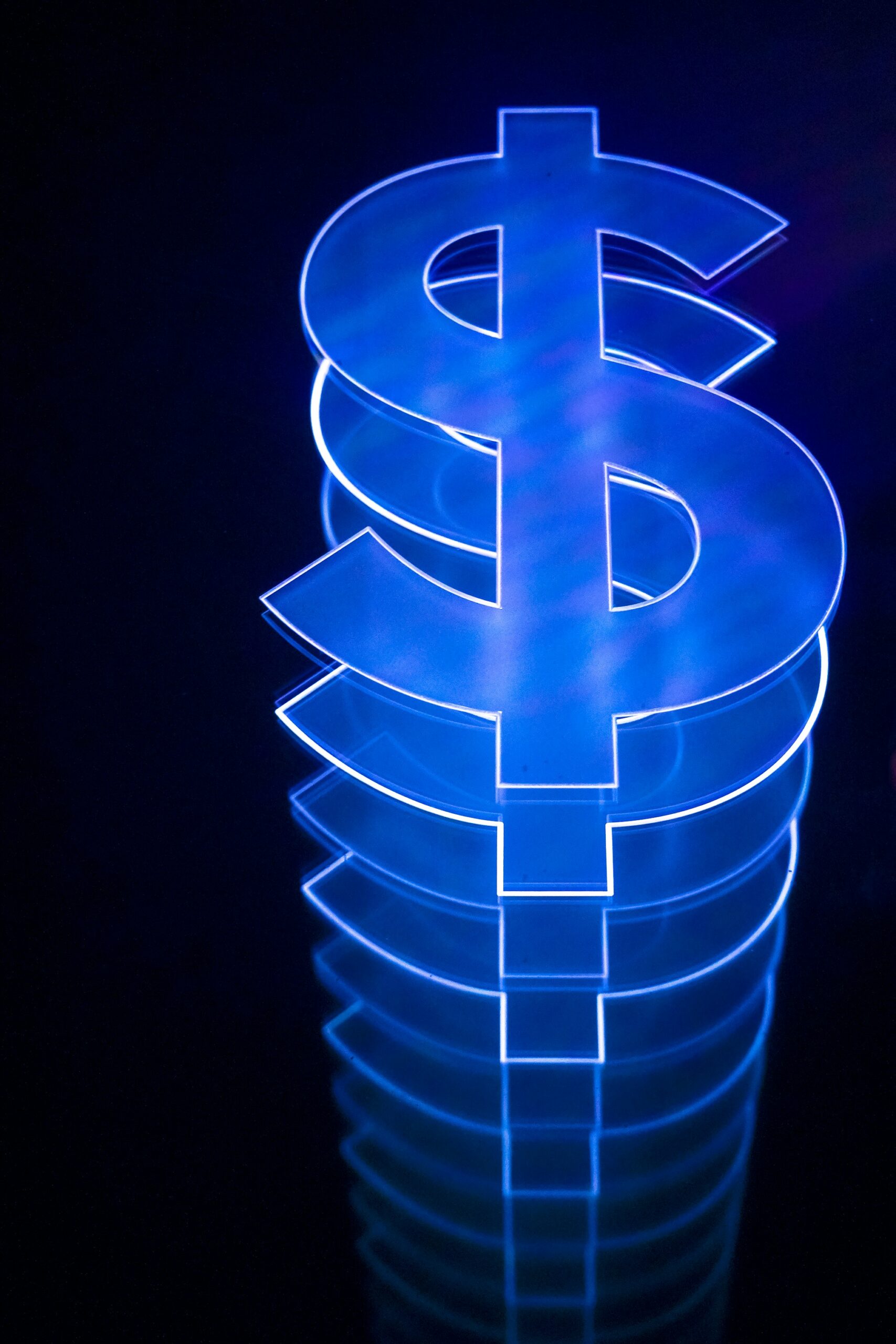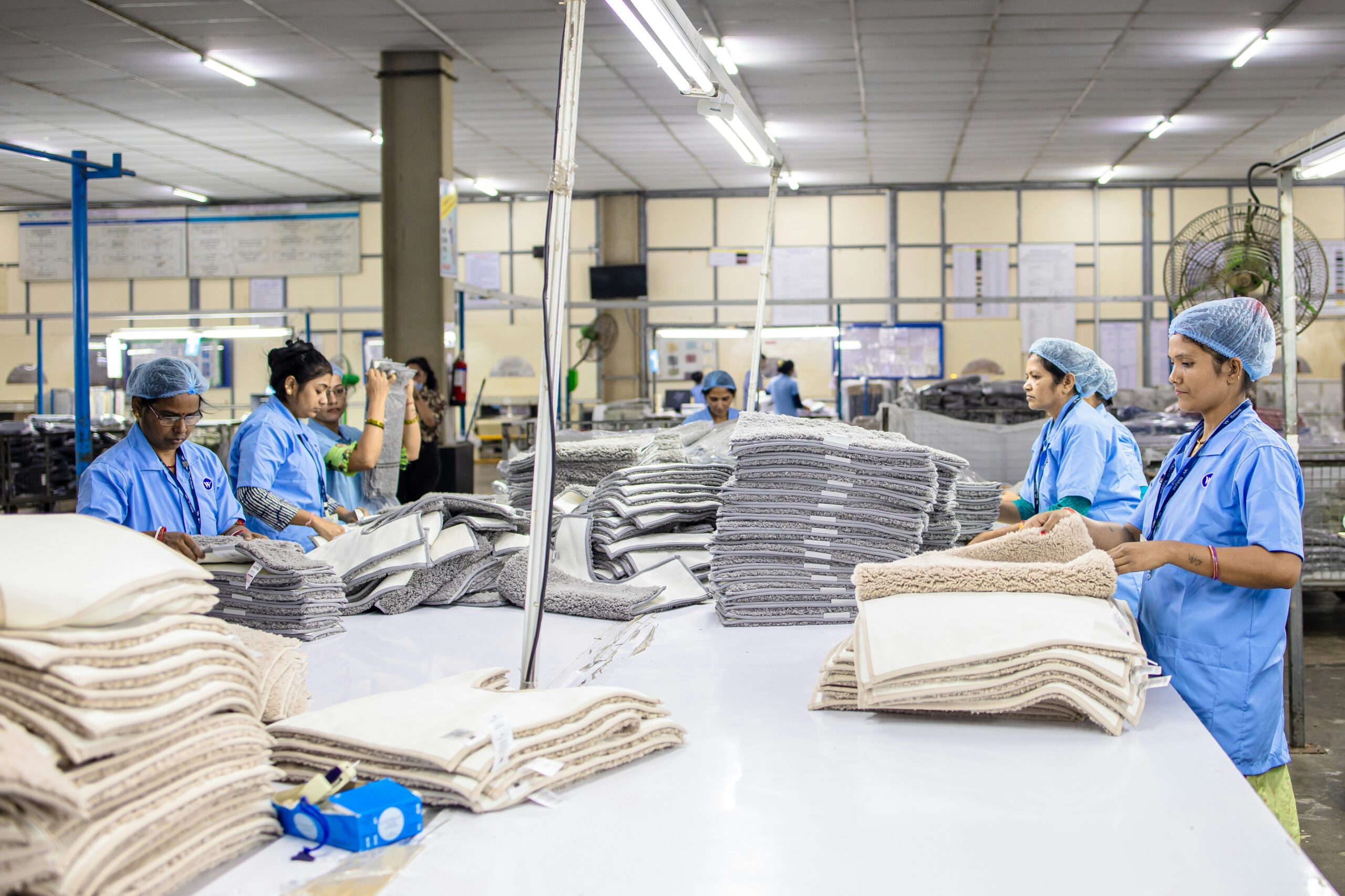Image credit: Unsplash
Despite efforts to cool inflation, the uptick in prices in November suggests that these efforts may be stalling.
The Bureau of Labor Statistics recently reported that the consumer price index has grown 2.7% over the last 12 months. While this aligned with expectations, it exceeded October’s 2.6% annual rate. Every month, the consumer price index rose 0.3%, faster than the 0.2% rate in the previous months.
With the exclusion of more volatile items like food and gas, the “core” measure of inflation increased 3.3% on a 12-month basis, with a monthly basis showing the core index rose 0.3%, which matches its pace for the last three months. The pace of monthly price increases uptick for new cars and apparel; however, shelter costs and the category that includes auto insurance showed declines.
Federal Reserve Unease
The stalled progress puts additional pressure on the Federal Reserve, which had hoped to continue lowering interest rates next year in partnership with slower price growth. However, “Price pressures are hardly settling at a level that the Fed can be completely at ease with,” Seema Shah, chief global strategist at Principal Asset Management, said in a note to clients following The Bureau of Labor Statistics’s report.
She continued: “The Fed will be concerned by the very stubborn nature of inflation and will be increasingly cautious about the upside inflation risks that President-Elect Trump’s policies may bring. We expect the Fed to move off autopilot in January, adopting a more cautious tone, and slowing its pace of cuts to just every other meeting.”
With November’s prices increasing, analysts expected the Federal Reserve to pause its rate cutting in January.
Not Quite a “Soft Landing”
Consumers who help support the economy with their spending power may feel less financial stress due to rising costs, as they are generally better shielded from price growth. Unfortunately, these consumers can also accelerate inflation. Despite daily purchases getting pricier for everyone, these consumers’ assets, such as stocks and real estate, have climbed in value.
One of the biggest reasons president-elect Donald Trump fared better among less wealthier voters in November’s election was his plans to reduce inflation—to help everyday Americans afford the necessities of life. Yet, it is unclear whether or not Trump can reduce households’ financial stress once he takes office.
Economists generally believe that Trump’s tariffs and deportations plan will further inflation and hurt growth; the president-elect told NBC News last weekend that he couldn’t guarantee tariffs wouldn’t raise prices. In an already volatile landscape, these matters further complicate matters for the Federal Reserve as it attempts to navigate a “soft landing” for the US that brings down inflation without dramatically slowing the economy.
Many Wall Street traders expect the Federal Reserve will cut its key interest rate by another quarter point during its final gathering of 2024; however, as the households’ medium-term inflation expectations continue to remain high, the Federal Reserve “will be unwilling to assume any tariff-led consumer price inflation next year will be wholly transitory,” said Pantheon Macroeconomics Chief Economist Ian Shepherdson.
“Accordingly, we expect the FOMC [the Federal Reserve] to reduce the funds rate less quickly than required to stabilize the unemployment rate,” he said.
Who Really Feels the Financial Stress
The impact of higher rates and rising costs is felt mainly by less financially well-off consumers. Chief economist at Moody’s Analytics, Mark Zandi, believes wealthier Americans benefit from skyrocketing asset prices. However, Zandi also said that this trend could easily be stalled and that many of those assets are already “overvalued.”
“Anything that doesn’t stick to the script” and changes the economic outlook “could cause a serious sell-off and be a problem for the broader economy,” Zandi said. “It’ll all happen very quickly — everything’s OK, and then it’s not.”







































































































































































































